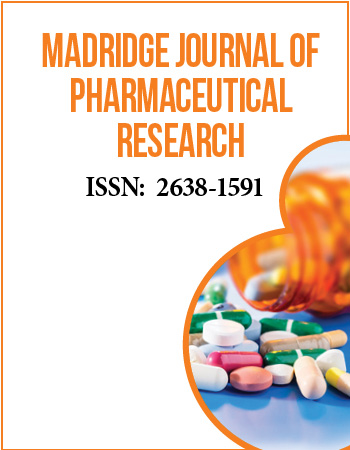International Conference on Medicinal and Pharmaceutical Chemistry
December 5-7, 2016 | Dubai, UAE
In-vitro antidiabetic activity of partially purified fractions of Pithecellobium dulce fruit
Department of chemistry, School of advanced sciences, VIT University, India
Aim: The present study was undertaken to evaluate invitro antidiabetic activity of crude and partially purified fractions of Pithecellobium dulce fruit.
Method: The fruits of P.dulce were extracted with methanol and 20 % ethanol (Hydro alcoholic extract). The methanolic extract was partitioned successively with petroleum ether (MPE), chloroform (MCE) and ethyl acetate (MEE). The hydroalcoholicextract was purified by ion exchange chromatography to yield three water soluble fractions PDP-1, PDP-2, and PDP-3. Methanolic and hydroalcoholic extracts were assessed for total phenolic, flavonoid and carbohydrate content using Folin-Ciocalteuʼs reagent, aluminium chloride and phenol-sulphuric acid method respectively. Then the extracts were further quantified with respect to alphaamylase and alpha-glucosidase inhibitory activity.
Result: IC50 values of themethanolic and hydroalcoholic extract against alpha-amylasewere found to be 587 µg/ml and 575.07 µg/ml respectively, alpha-glucosidase inhibition was 535.09µg/ml for methanolic extract and 462.46 µg/ml for hydroalcoholic extract which was similar to effect displayed by the positive control acarbose. Furthermore, PDP-2 shows potent activity when compared to all the other purified fractions.
Conclusion: The result obtained indicate that the crude extract and partially purified fractions are possessed asignificant level of activity. However, these effects need to be confirmed using in-vivo models and clinical trials for its effective utilisation as therapeutic agents.
Keywords: P. dulce, alpha amylase, alpha-glucosidase, antidiabetic.


